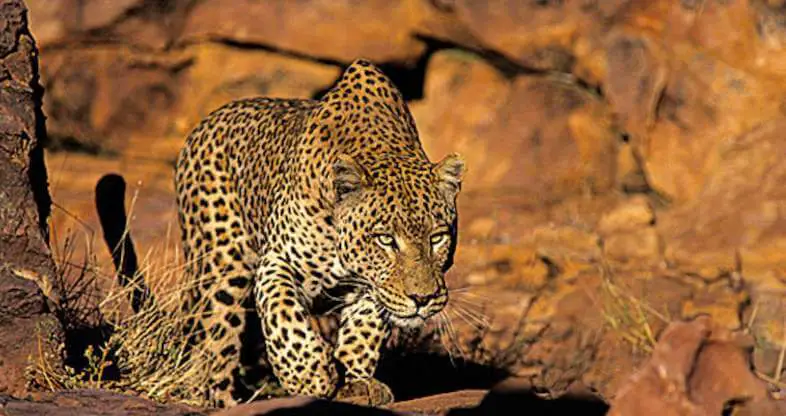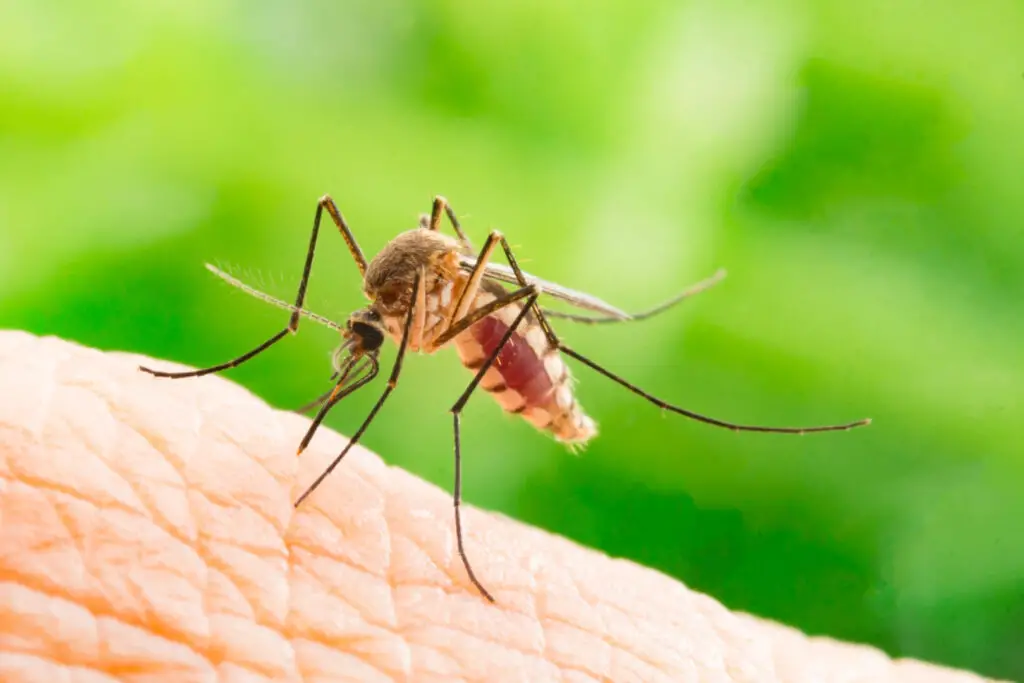The most dangerous animals on the planet include big predators like lions and tigers, venomous creatures like snakes and spiders, underestimated killers like mosquitoes and hippos, and tiny yet deadly species like cone snails and poison dart frogs.
Overview of The Most Dangerous Animals On The Planet
| Category | Examples | Description |
|---|---|---|
| Big Predators | Lions, Tigers, Bears, Crocodiles | Apex predators with formidable strength and hunting abilities. |
| Venomous Creatures | Snakes, Spiders, Scorpions, Jellyfish | Possess potent venom capable of causing paralysis or death. |
| Underestimated Killers | Mosquitoes, Hippos, Elephants, Box Jellyfish | Surprisingly deadly species with lethal capabilities, often overlooked due to their appearance. |
| Tiny Yet Deadly | Tsetse Flies, Assassin Bugs, Cone Snails, Poison Dart Frogs | Small creatures capable of delivering fatal toxins or diseases through various means. |
| Human Factor | Human attacks, Domestic animals, Disease vectors | Humans and domestic animals pose significant risks, along with the transmission of diseases between species. |
The Big Predators

When it comes to dangerous animals, the big predators often top the list. Here are some of the most formidable:
- Lions: Known as the “king of the jungle,” lions are apex predators with powerful jaws and sharp claws. They hunt in groups, making them even more lethal.
- Tigers: The largest of the big cats, tigers are solitary hunters known for their strength and agility. They can take down prey much larger than themselves with a single leap.
- Bears: From grizzlies to polar bears, these massive mammals are known for their sheer strength and unpredictability. Encounters with bears can turn deadly if not handled properly.
- Crocodiles: With powerful jaws and a stealthy ambush hunting technique, crocodiles are responsible for numerous human fatalities each year, especially in regions where they coexist with humans.
Venomous Creatures

Venomous animals possess toxins that can incapacitate or kill their prey. Here are some of the deadliest:
- Snakes: From the venomous king cobra to the highly neurotoxic black mamba, snakes are responsible for a significant number of human fatalities each year.
- Spiders: Species like the black widow and the Brazilian wandering spider pack potent venom that can cause severe pain, paralysis, or even death.
- Scorpions: Found in various parts of the world, scorpions deliver venomous stings that can be fatal to humans, particularly in young children and the elderly.
- Jellyfish: With tentacles armed with venomous stingers, jellyfish are responsible for numerous deaths each year, primarily due to encounters with highly venomous species like the box jellyfish.
Underestimated Killers

Some animals may not seem dangerous at first glance, but they can be deadly under the right circumstances:
- Mosquitoes: While small and seemingly harmless, mosquitoes are responsible for more human deaths than any other animal due to the diseases they transmit, such as malaria, dengue fever, and Zika virus.
- Hippos: Despite their seemingly docile appearance, hippos are responsible for numerous human fatalities in Africa each year. They are territorial and highly aggressive, especially when provoked.
- Elephants: While revered for their intelligence and majesty, elephants can be dangerous, particularly in situations of human-wildlife conflict. They are known to charge when they feel threatened or provoked.
- Box Jellyfish: Found in the waters of the Indo-Pacific region, the box jellyfish is one of the most venomous creatures on the planet. Its sting can cause excruciating pain and, in severe cases, cardiac arrest and death.
Tiny Yet Deadly

Even the smallest creatures can pose a significant threat to humans:
- Tsetse Flies: Found in sub-Saharan Africa, tsetse flies transmit trypanosomiasis, also known as sleeping sickness, which can be fatal if left untreated.
- Assassin Bugs: These insects transmit Chagas disease, a potentially life-threatening illness that affects millions of people, primarily in Latin America.
- Cone Snails: With venomous harpoons, cone snails can deliver potent toxins that can paralyze their prey, including humans.
- Poison Dart Frogs: Despite their vibrant colors, poison dart frogs secrete toxins through their skin that can cause paralysis or death if ingested or absorbed through mucous membranes.
The Human Factor

While wildlife poses significant risks, humans can also be dangerous to each other and to animals:
- Human attacks on humans: Violence and conflict among humans result in numerous fatalities each year, far outnumbering deaths caused by wildlife.
- Domestic animals: While often seen as companions, domestic animals like dogs and horses can be responsible for human fatalities, primarily through attacks or accidents.
- Disease vectors: Humans can transmit diseases to wildlife, leading to population declines and ecosystem disruptions. Conversely, wildlife can transmit diseases to humans, leading to outbreaks and pandemics.
Conclusion
Understanding the most dangerous animals on the planet is crucial for our safety and the preservation of biodiversity. Whether it’s the big predators, venomous creatures, or seemingly innocuous species, every animal plays a role in the ecosystem. By respecting wildlife and taking appropriate precautions, we can coexist with these fascinating but potentially lethal creatures.
References:
- https://www.sciencefocus.com/nature/what-animals-kills-the-most-people
- https://www.cntraveler.com/stories/2016-06-21/the-10-most-dangerous-animals-in-the-world

I’m Christopher Benjamin, a dedicated Animal Nutritionist at Ethos Veterinary Health with a Bachelor of Science in Animal Science from Michigan State University. My lifelong passion for animals led me to establish AnimalsData.Com. Here, I share expert advice, educational resources, and inspiring stories to empower fellow pet lovers worldwide. Join our community as we celebrate the beauty and diversity of our beloved animal companions!
